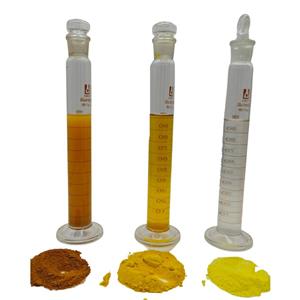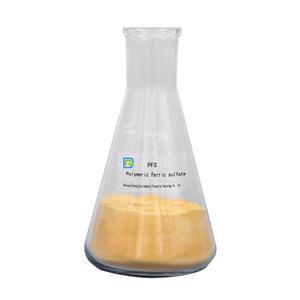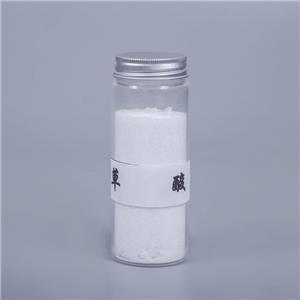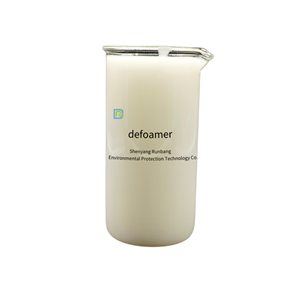Polyacrylamide in Cement Concrete
Polyacrylamide (PAM), when added to cement mortar, can effectively fill and seal voids with its particles. Therefore, PAM is an effective solution to improve the impermeability of ordinary concrete and cement mortar. Additionally, PAM significantly enhances the workability, water retention, bond strength, water tightness, durability, chemical resistance, freeze-thaw resistance, mechanical strength, and extensibility of cement-based materials.
I. Advantages of Polyacrylamide in Cement Concrete
The addition of PAM in concrete reduces its brittleness, improves flexibility, and increases shrinkage rate. This results in significantly enhanced flexural strength, interlayer bond strength, durability, and bending toughness compared to ordinary concrete. Notably, PAM also strengthens the impermeability of concrete. Relevant data indicates that the addition of PAM increases the permeability of concrete by over 90%, and interlayer bond strength is nearly four times higher than that of normal concrete.
II. Application Mechanism of Polyacrylamide in Cement Concrete
1. PAM improves the workability of cement mortar or concrete and reduces the water-to-cement ratio.
2. Latex particles in PAM emulsion deposit or coalesce on the surface of hydrated (or slightly hydrated) cement and aggregates, forming a thin film that eventually interpenetrates with cement hydration products. The addition of PAM affects the hydration and hardening processes of cement, involving chemical interactions between PAM and cement or hydration products.
3. When the relative humidity drops below 100%, cement undergoes shrinkage and generates certain stress. PAM-modified cementitious materials can form microcracks to release this stress.
4. The development of cracks encounters the interpenetrating PAM network, forming microfibers throughout the entire PAM network. As a result, the propagation of cracks is terminated.
5. The inclusion of PAM causes changes in the structural morphology of cementitious materials, altering the pore structure of concrete and improving the adhesion between cementitious slurry and aggregates while reducing microcracks in hardened cementitious slurry. All these effects contribute to the improvement of the physical and mechanical properties of cement-based materials.
Polyacrylamide is widely used as an external additive in concrete, improving the interaction between concrete particles and thus increasing concrete strength and toughness. Its application in concrete, putty powder, and mortar admixtures has been widely promoted. It primarily functions as a flocculant, water retention agent, thickener, adhesion promoter, and lubricant. In addition, due to its high viscosity and unique molecular structure, PAM exhibits excellent water retention properties when used in other construction materials. It is commonly used as a thickening agent for putty powder, adhesive for refractories, and water retention agent for mortar.




